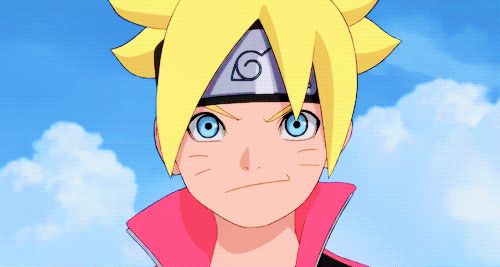Keiji, The flamboyant samurai continues his rise, but in this volume five, he faces four hundred soldiers with his best friend and this is only the first page.
From intimate to majestic
Keiji's previous volume focused on court intrigue. Having left his clan, he arrived in the capital without support and, in addition, he turned against a powerful tea trader. However, as the pages went by, Keiji got help from the city's main aristocrat thanks to his panache and strength. In volume five, screenwriters Keiichirō Ryū and Mio Asō return to gigantic battles. Indeed, Keiji has teamed up with his best friend Sukeemon Okumusa to face multiple riders working for a mysterious sponsor. Different groups were fighting for power, but it was the regent Hideoyoshi who prevailed. Facing him, Keiji must fight with arms or negotiate to strengthen the power of the group. Rest assured this complex situation is well explained. In addition, Keiji mostly fights against a few powerful men that the reader easily recognizes. We find Keiji's uncle who is passing through the capital who tries at all costs to avoid him, because his insolence may displease the regent. This risky encounter is the common thread of this volume. We can see it when he again puts himself against a walker, but here of cloth. The adventures of kabuki-mono are most touching when he meets a child sentenced to death. The pitched battles are an opportunity for the cartoonist Tetsuo Hara to demonstrate as in the series Soten no Ken his gore madness. The bodies are cut in half at the torso with a great attention to detail. Heads without bodies hover like dead leaves in the fall. He is amused by this excess. Indeed, the violence is so disproportionate that it becomes absurd and funny. Its precision is also found in the landscapes of cities, the decorations of noble houses or fabrics. 
What is a man?
Keiji is also an ideal portrait of the warrior, of the man. He is tall, strong, respectful of the just order, but ready to revolt in case of injustice. Honor dictates every gesture. One must never dishonor oneself otherwise seppuku is a necessity. In the face of danger, Keiji does not flee, but laughs with Sukeemon Okumusa. However, it is not enough to be a brute, because you have to be an aesthete by wearing neat outfits or respecting the rite of the tea ceremony. These individual descriptions are also a presentation of an era. Through art, warriors prove that they are no longer bandits or mercenaries working for the highest bidder, but aristocrats in the service of the state. Keiji's actions are an opportunity to attend official ceremonies such as the emperor's entry into a residence. The regent managed to impose himself on the local nobles, but the writers made him an ambitious one who crushed local freedoms. It is he who sheds blood to impose his power. More anecdotal, we discover noble hobbies such as the game of Go. The new edition of Mangetsu has completely revised the translation to be as close as possible to the original work and all these historical references. With this fifth volume, Keiji remains a precious series on the history of Japan, but especially very entertaining by the fights. We learn a lot about the Japanese archipelago and we especially have fun with the flamboyance of the main character. You can find on these links the chronicles to volumes four and the beginnings of the series.















![[Live Report] Rock En Seine 2024 : 20 ans et toujours aussi passionnés !](https://www.justfocus.fr/wp-content/uploads/2024/11/RES24_JOUR01_LANA-DEL-REY_LOUIS-COMAR-12.jpg)




















